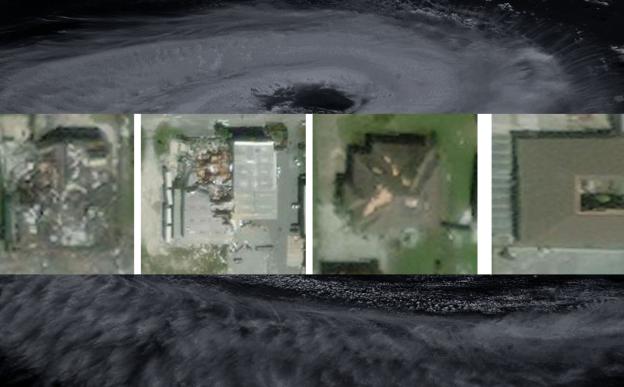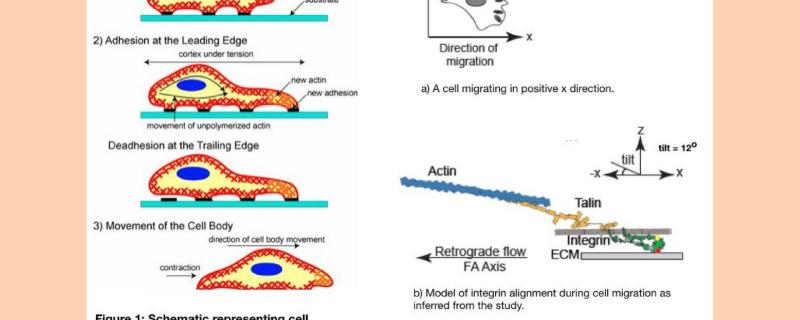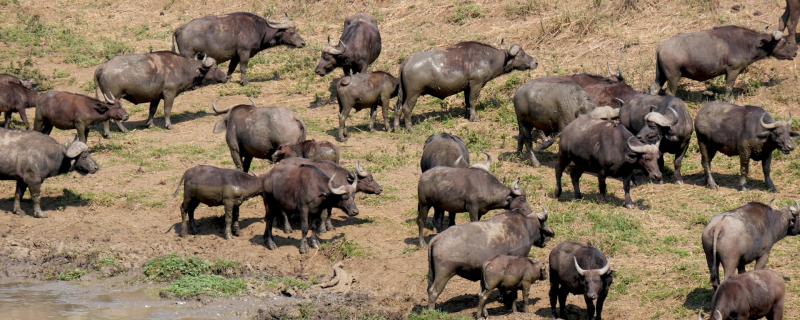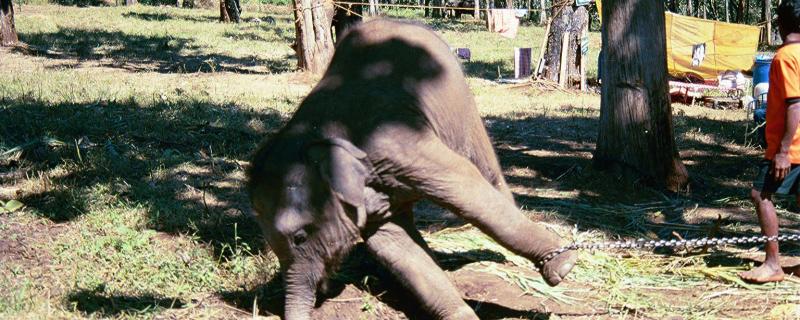Many important process in the body require the movement of cells. From forming our fingers during the development of an embryo to healing wounds in adults, all are possible due to cell movement. But how does cell know in what direction it should move? A collaborative study from Marine Biological Laboratory (MBL), Woods Hole, USA comprising researchers from NCBS Bangalore, National Institutes of Health and Harvard Medical School, USA, find strong evidence for the ‘cytoskeletal force model’, which is one way of explaining how cells move.
आयआयटी मुंबईद्वारे विकसित नवीन डीप-लर्निंग फ्रेमवर्क SpADANet (स्पाडानेट) मर्यादित लेबल्स वापरूनही अनेक चक्रीवादळांमधील संरचनात्मक नुकसान अधिक अचूकपणे वर्गीकृत करू शकते.
Mumbai/









